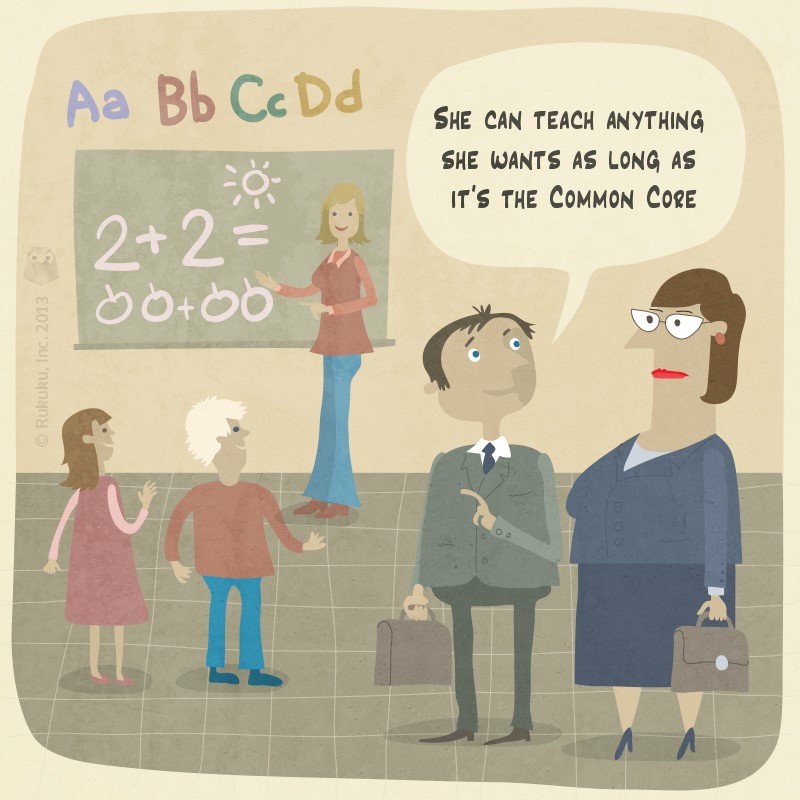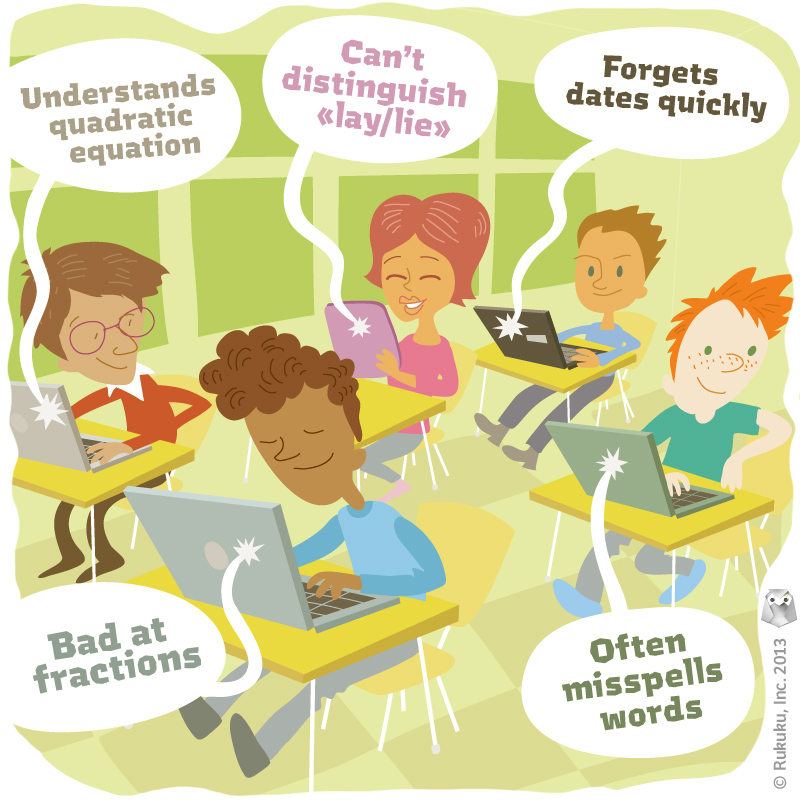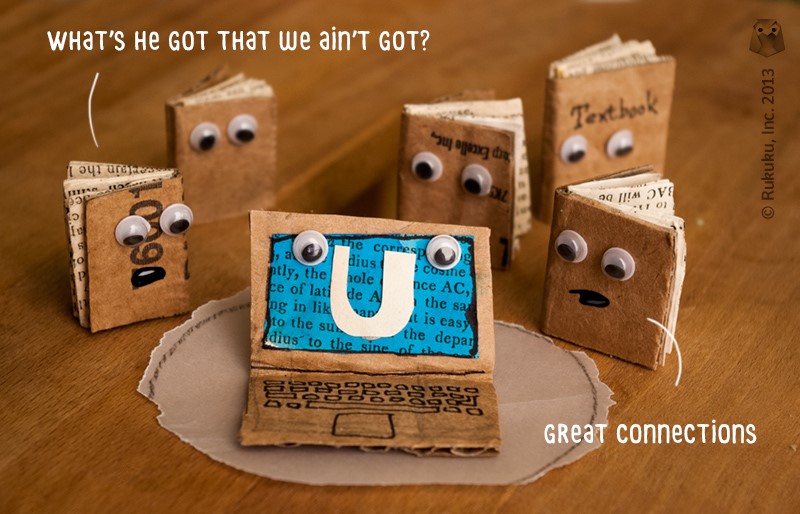Last post on these PISA results, I promise. As I mentioned last week. US students are not great at applying math to real world problems. But, according to the OECD’s report, students in the US are good at “reading data directly from tables and diagrams – requiring students only to understand a short text and read single values directly from a representation provided such as a table or bar diagram.”
Wow. Seems US students are good at reading charts. They are also good at taking information directly from tables and inserting numbers into formulas already given to them. In other words, the super boring stuff. They are less good at applying any of those numbers and formulas to real world problems; that outside the box type of stuff.
This makes one wonder, or at least makes me wonder, if our strength on easy stuff and difficulty with hard stuff might ironically result from our emphasis on standardized tests. The teach-to-the-test approach seems like it would offer students a whole bunch of opportunities to read from charts and plug stuff into formulas without necessarily connecting any of that to real world situations. In other words, maybe we’ve been going for the low hanging fruit by banging these simple processes into students’ heads.
The US does seem to test more often than other countries. In the US, 80% of students attend schools where student data is posted publically and virtually all students in the US attend schools that track achievement data over time. Those numbers compare with OECD averages of 45% and 72%, respectively. For a country with weak math skills, we do seem to love our data.
Does having all that data mean we are testing more? Maybe not, but probably it does. The report also notes that the US is one of the only countries that relies not only on testing at the national level, but at regional and other levels also.
The Common Core was designed to help us improve our scores. I hope it does. Well, I hope it helps us improve our analytical skills, thus improving our scores. The OECD seems to think it will help and mentions the new standards multiple times throughout the report. A shift from plugging numbers into formulas to more “cognitively demanding” tasks should clearly be a welcome one.
Still, I wonder if any standardized test can really capture the important skills involved in “outside of the box” thinking. And if not, then how do we determine whether our educational policies are really working? Any opinions on this from our readers?






